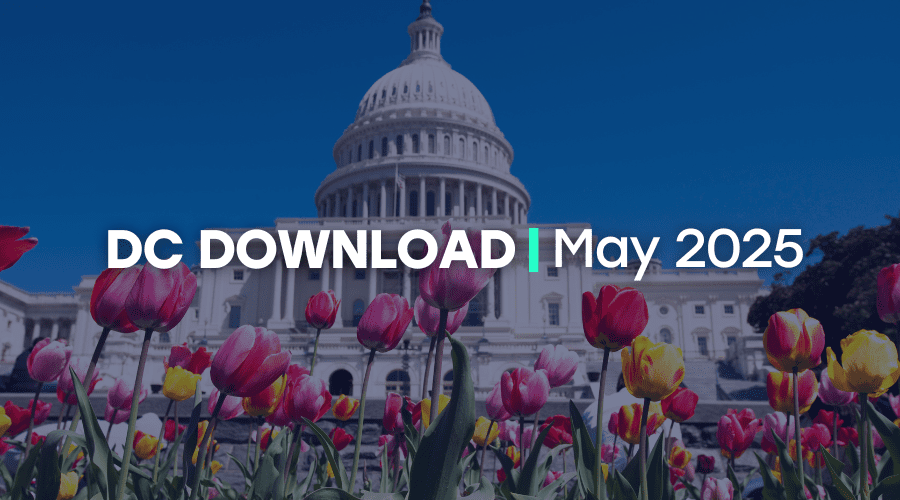We’ve made much ado about the turnout in the 2018 election, and for good reason: We hit the highest turnout rate for a midterm election in a century.
As an indicator of democratic health, the record level of participation is worth celebrating in and of itself. But consider this context: Earlier in the year, Edelman’s annual survey of trust across institutions reported America as the least-trusting of its government among all 28 countries surveyed. Moreover, America’s 14 percent decline in trust in government since the last report marked the single steepest drop for any country, in any institution, in the 18-year history of Edelman’s survey efforts.
Paired with what we know about trust in institutions, this record turnout is a positive indicator that Americans believe their voice can effect change through democratic participation. Because, remember, we’re not just talking about elected officials when it comes to elections. In this year’s midterms alone, voters in 37 states decided on 155 statewide ballot measures.
Record turnout rates aside, there’s added reason to be heartened by the results of this year’s midterms, because this cycle set several records in terms of diversity. Before any ballots were even cast, we knew this election already boasted record numbers of female, LGBTQ, and women of color candidates running for office. In fact, 2018 saw an overall record number of candidates filing to run for office. After votes were counted, the results included these highlights:
- the most female candidates ever elected to federal office
- the youngest woman ever elected to Congress
- the first Native American women elected to Congress
- the first Muslim women elected to Congress
- the first openly bisexual US Senator
- the first openly gay governor
- of the openly LGBTQ candidates who ran for office, more than half won their races
For self-evident reasons, these results are encouraging, but it’s worth spelling out what they mean as a reminder for why diversity and inclusion must always be top of mind. Within our sector broadly speaking, and in our public policy work in particular, it’s important that decision-makers and those who provide vital services represent those they serve. In all settings, diverse, equitable, and inclusive representation is proven to yield the best results from both a decision-making and an economic standpoint. It’s true for nonprofits, and it’s especially true for government. Both sectors are vital players in the fabric of a thriving civil society. When leadership trends more toward looking like the members of a community overall, everybody is better off, and we’re all better positioned to effect positive, equitable change.
Encouraging as the midterm results are for turnout and diversity, we can’t forget that we still have a long way to go to achieve equitable representation across society. And you don’t have to run for public office to help realize that. If you’re looking to foster a culture of equity in your organization, Equity in the Center has a wealth of resources and knowledge to get you started.
Additional Resources
Many candidates across the country became the first person of their gender, race, ethnicity or sexual orientation to be elected to their positions in their states or, in some cases, in the country. For a look at who some of these history-making candidates, check out this short analysis from earlier this month.
For more on Equity in the Center’s work, check out our 2018 conversations with Director Kerrien Suarez:



